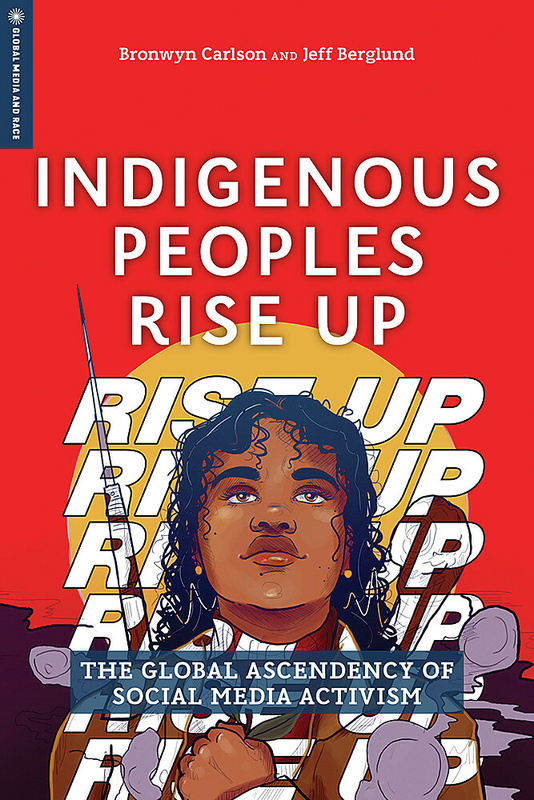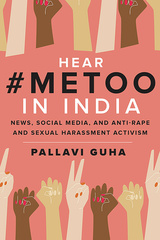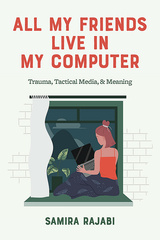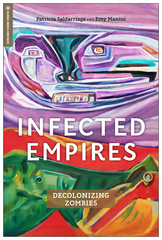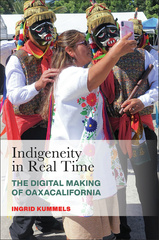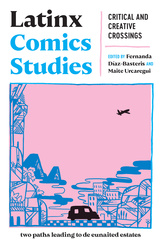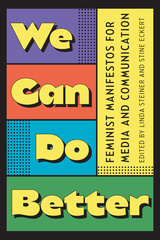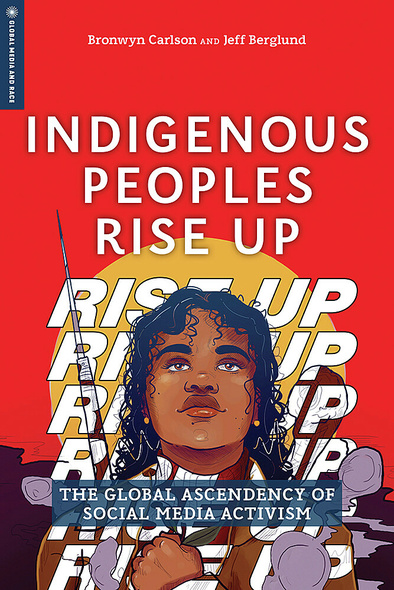
Indigenous Peoples Rise Up
The Global Ascendency of Social Media Activism
Including a range of international indigenous voices from the US, Canada, Australia, Aotearoa (New Zealand) and Africa, the book takes an interdisciplinary approach, bridging Indigenous studies, media studies, and social justice studies. Including examples like Idle No More in Canada, Australian Recognise!, and social media campaigns to maintain Maori language, Indigenous Peoples Rise Up serves as one of the first studies of Indigenous social media use and activism.
Carlson and Berglund give an informative and thought-provoking perspective on Indigenous activists’ engagement with social media, providing new and fascinating insights.
Carlson and Berglund give an informative and thought-provoking perspective on Indigenous activists’ engagement with social media, providing new and fascinating insights.
The novelty and relevance of this book is beyond doubt, since it was the first to analyze social networks, their content, tweets and memes, using a large amount of materials in several languages, which have not yet been subjected to such a voluminous and systematic analysis within one book.
JEFF BERGLUND is a professor of English at Northern Arizona University, Flagstaff. His books include Cannibal Fictions, Sherman Alexie: a Collection of Critical Essays; Indigenous Pop: Native American Music from Jazz to Hip Hop (co-editor); and The Diné Reader: An Anthology of Navajo Literature. He is the North American convener of FIRE.
Introduction
BRONWYN CARLSON AND JEFF BERGLUND
1 Shifting Social Media and the Idle No More Movement
ALEX WILSON AND CORALS ZHENG
2 From #Mniwiconi to #StandwithStandingRock: How the #NoDAPL Movement Disrupted Physical and Virtual Spaces and Brought Indigenous Liberation to the Forefront of People’s Minds
NICHOLET A. DESCHINE PARKHURST
3 Anger, Hope, and Love: The Affective Economies of Indigenous Social Media Activism
BRONWYN CARLSON AND RYAN FRAZER
4 Responding to White Supremacy: An Analysis of Twitter Messages by Māori after the Christchurch Terrorist Attack
STEVE ELERS, PHOEBE ELERS, AND MOHAN DUTTA
5 ⵉⵎⴰⵣⵉⵖⵏ ⵏ ⵍⵎⵖⵔⵉⴱ ⴷ ⵓⵣⵍⵓⵣⵣⵓ ⴳ ⵓⴼⴰⵢⵙⴱⵓⴽ: ⴰⵙⵉⴷⴷⵔ ⵏ ⵜⴷⵍⵙⴰ ⴷ ⵜⵓⵜⵍⴰⵢⵜ ⵉ ⵉⵎⵣⴷⴰⵖ ⵉⵥⵖⵓⵕⴰⵏ
The Imazighen of Morocco and the Diaspora on Facebook): Indigenous Cultural and Language Revitalization
MOUNIA MNOUER
6 How We Connect: An Indigenous Feminist Approach to Digital Methods
MARISA ELENA DUARTE AND MORGAN VIGIL-HAYES
7 Indigenous Social Activism Using Twitter: Amplifying Voices Using #MMIWG
TAIMA MOEKE- PICKERING, JULIA ROWAT, SHEILA COTE-MEEK, AND ANN PEGORARO
8 Radical Relationality in the Native Twitterverse: Indigenous Women, Indigenous Feminisms, and (Re)writing/(Re)righting Resistance on #NativeTwitter
CUTCHA RISLING BALDY
9 The Rise of Black Rainbow: Queering and Indigenizing Digital Media Strategies, Resistance, and Change
ANDREW FARRELL
10 Artivism: The Role of Art and Social Media in the Movement
MIRANDA BELARDE-LEWIS
11 Interview with Debbie Reese, Creator of the Blog American Indians in Children’s Literature
JEFF BERGLUND
12 United Front: Indigenous Peoples’ Resistance in the Online Metal Scene
TRISTAN KENNEDY
13 Interview with Carly Wallace, Creator of “CJay’s Vines”
BRONWYN CARLSON
14 “We’re Alive and Thriving . . . We’re Modern, We’re Human, We’re Here!”: The 1491s’ Social Media Activism
JEFF BERGLUND
Acknowledgments
Notes on Contributors
Index

